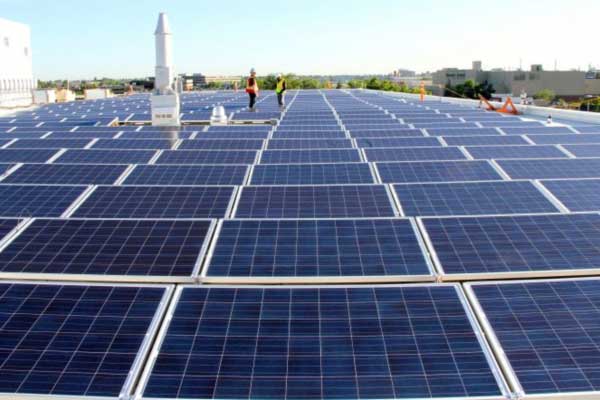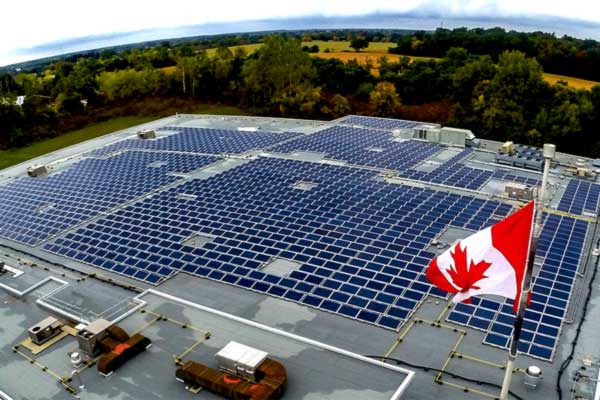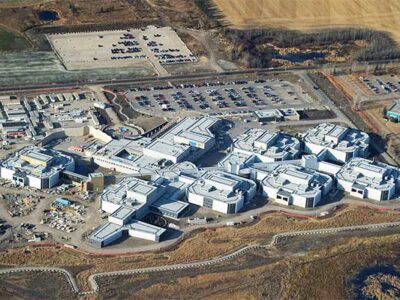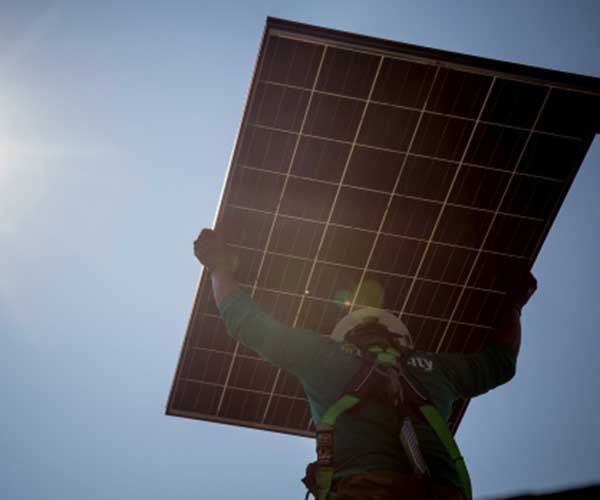Last year confirmed what many within the renewable energy sector have known: Renewable energy, specifically solar, is growing at an exponential rate.
Let’s look at the facts.
A report from the International Energy Association (IEA) said solar PV capacity advanced by 50 percent, thanks to exceptional growth in China and the US Renewables accounted for two-thirds of new global power capacity.
Fatih Birol, an IEA Economist, told Mashable that by the year 2022, renewables will have grown by 1,000 GW, equaling 50 percent of global coal capacity now, which took 80 years to reach.
“What we are witnessing is the birth of a new era in solar PV. We expect that solar PV capacity growth will be higher than any other renewable technology through 2022,” said Birol.
Mashable notes that world solar capacity may reach 880 GW by 2022, (triple the size now in 2017) as many populous nations are making choices currently which will impact renewable energy rollout, to reduce greenhouse gas emissions.
Despite this potential, Canada will need further action to improve its status on the global stage.
Canadian solar capacity reached 2.662 GW in 2016 the Natural Resources Canada Energy Fact Book 2017-2018 said. In 2015, total capacity reached 2.5 GW, according to the Canadian Solar Industries Association (CanSIA).
China, at the end of 2016 had a total capacity of 78.07 GW, Japan 42.75 GW, Germany 41.22 GW, and the USA with 40.3GW, far ahead of Canada’s solar capacity.
While clean energy and solar accelerate globally, Canadian companies are well represented and can inspire the sector.
Ten listed Canadian companies on the 2016 Global CleanTech 100 list, according to Clean Energy Canada. This list focuses on companies with the most robust potential to make the best market impact over the next 5-10 years.
These signs say that solar will play a vital role in helping Canada reach its goals of cutting its carbon emissions well below 2C above pre-industrial levels, and towards 1.5C.

The roof of the Eastgate office building in Edmonton, home to an Environment Canada office, has 640 solar panels. (Green Energy Futures Ltd.)
It should be noted that despite the perception that Canada doesn’t have enough sun exposure, prairie provinces Manitoba, Saskatchewan, Alberta have some of the best solar irradiation in the Northen hemisphere.
Also, cities including Calgary, Alberta (2,396 hours), Winnipeg, Manitoba (2,353), Edmonton, Alberta (2,345), Regina Saskatchewan (2,318) all have over 2,000 yearly hours of sunshine.
About 50 percent of all Canadian residential electricity needs could be met with installing solar panels on rooftops according to NRCAN, and Canadian solar electricity can be utilized to provide low-carbon power.
What we can learn from other incentives
Some provinces have implemented policies to support advancing solar industry, including Ontario’s feed-in tariffs, which have helped the province’s capacity.
Alberta has targeted 30 percent renewables by 2030 with solar playing a key role in its decarbonization plans. Currently, the Albertan government offers rebates for enterprises, non-profits, and homeowners who add solar PV systems. Canada will need to enhance federal solar policies if they want to boost the industry.
What has helped US solar markets in recent years, was the Solar Investment Tax Credit (ITC).
The ITC was a 30 percent tax credit allowing commercial or homeowners to receive a 30 percent tax credit once they installed a solar system on their roof. Third party installers received the credit for installing solar systems on customers houses.
The ITC will be phased out to zero by 2021 for home installations while dropping to 10 percent for utility and commercial installations.
What can be done
Currently, Canada offers a capital cost allowance depreciation for renewable energy projects between 4 percent and 50 percent range on the class of the project, and when the project started.
By creating a clear federal solar investment tax credit, like the US ITC would provide solar providers market signals to increase market capacity, while showing stability within the Canadian solar market.
Creating market signals to installers, and investors would help enhance Canada’s solar industry to be competitive. One way to ensure investors, policymakers can understand current market signals is correct, up-to-date, and easy to find information on Canada’s solar industry.
CanSIA, if feasible should provide easy to access quarterly reports like the US Solar Energy Industries Association does, (which provide up to date information on solar capacity, and emerging trends) can give stakeholders a glimpse of where the directions will head within Canada’s solar industry.

View of attendance at a Canadian Solar Industry event, Solar Canada Conference and Exposition hosted by The Canadian Solar Industries Association (CanSIA).
Economist Jeremy Rifkin recently told a crowd at the Generation Energy conference in Winnipeg, Manitoba, that Canada needs bold leadership by investing more in clean energy.
Canada needs courageous leadership within solar energy. By working with federal policymakers to enhance tax policy, and providing up to date market information for stakeholders, we can see that bold action begin to move forward.
















Comments